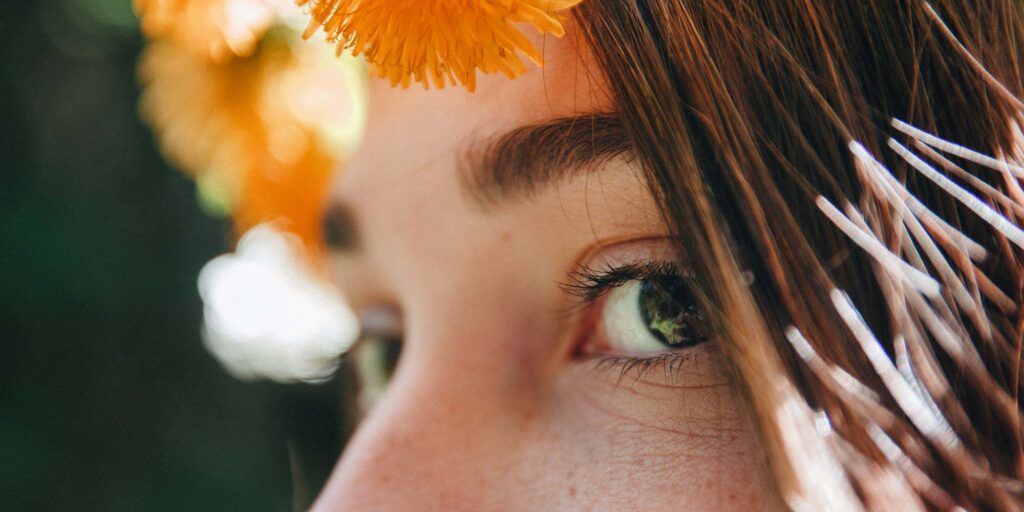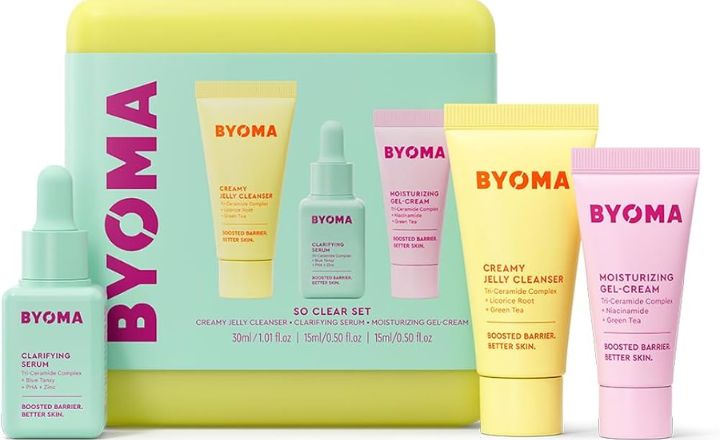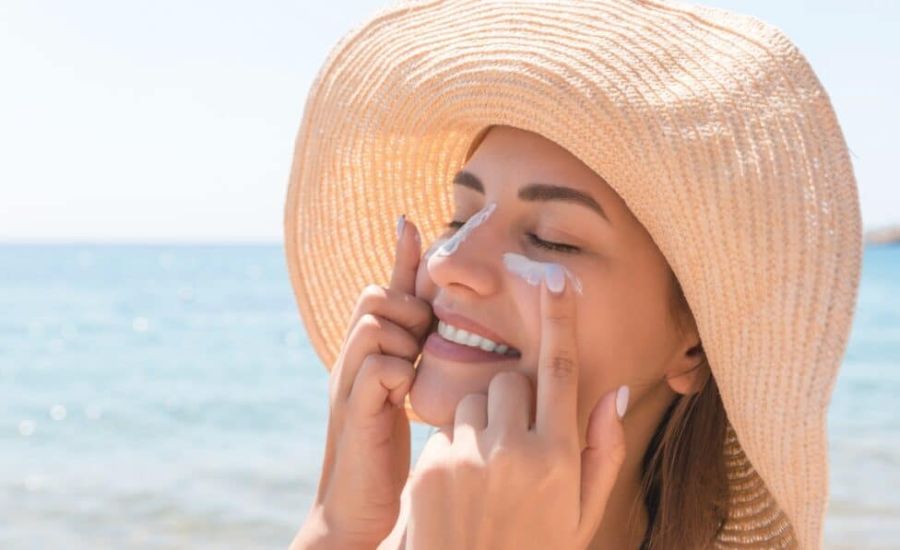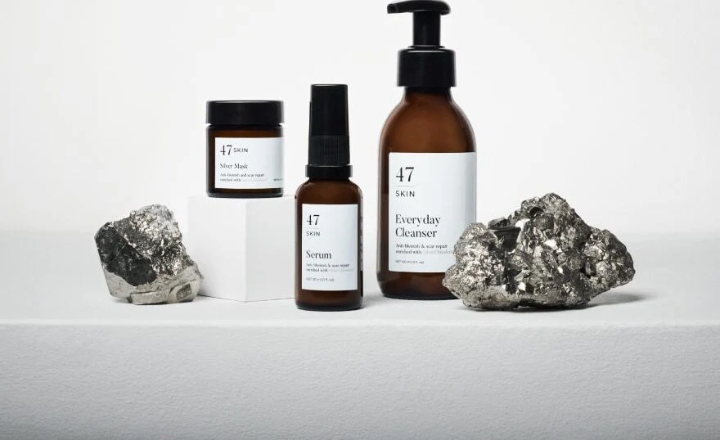A whole new world, a whole new look


Lorem ipsum dolor sit amet, consectetur adipiscing elit. Ut elit tellus, luctus nec ullamcorper mattis, pulvinar dapibus leo.
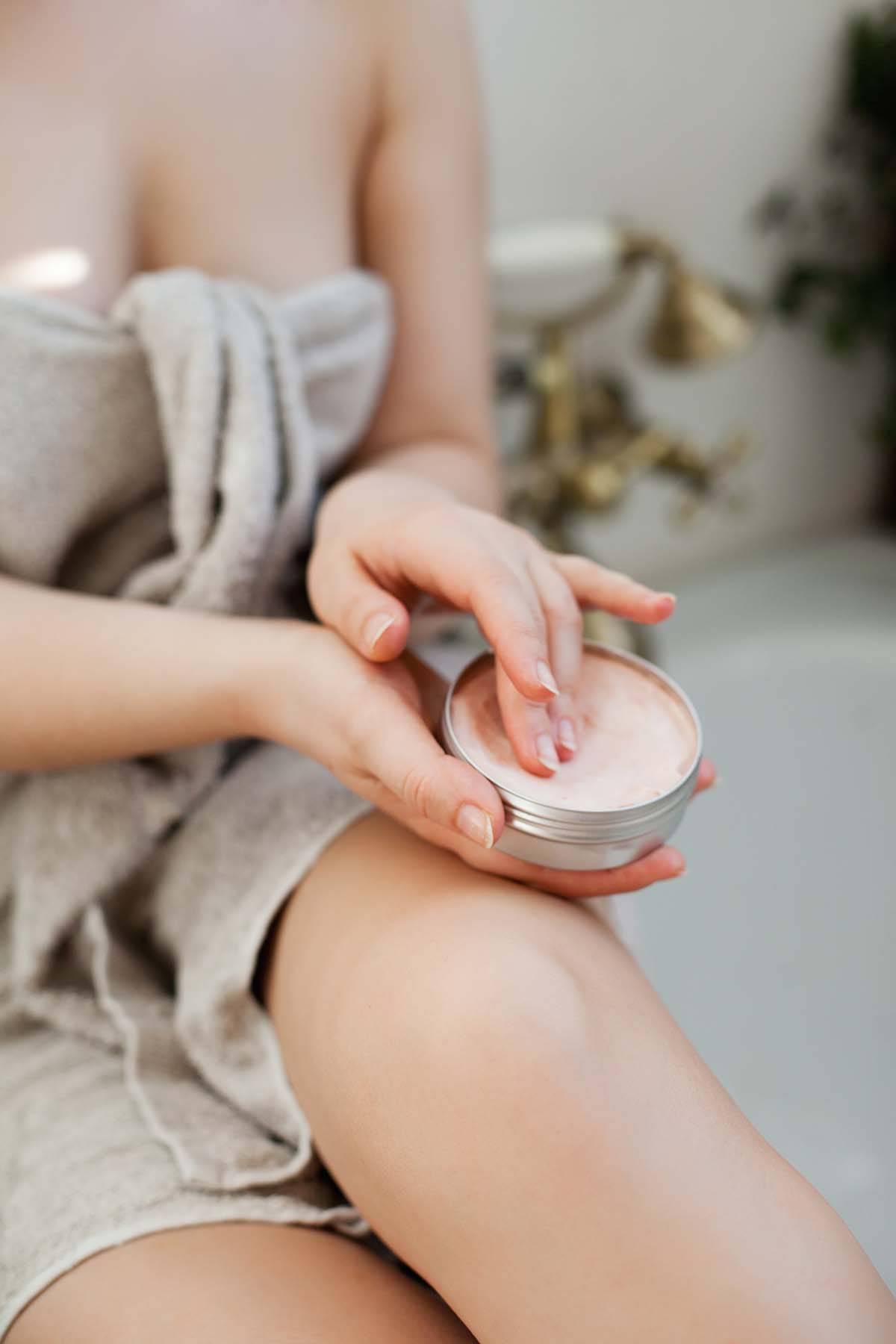
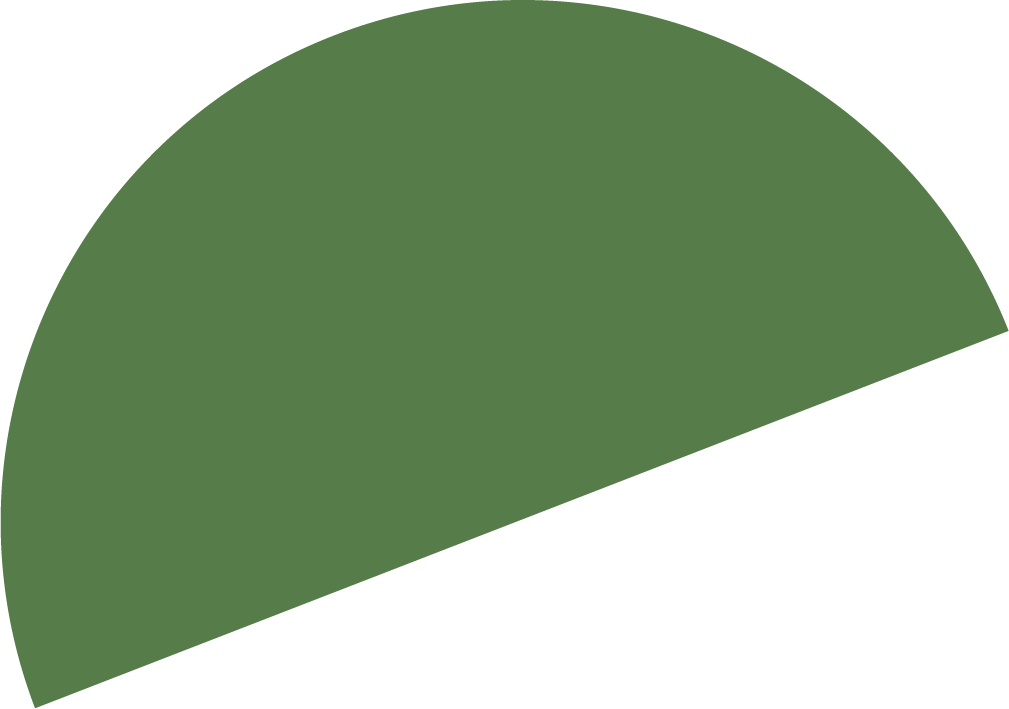
Alive every moment.
Beauty is all about you.

Lorem ipsum dolor sit amet, consectetur adipiscing elit. Duis vitae rutrum neque. Duis tincidunt euismod aliquam.
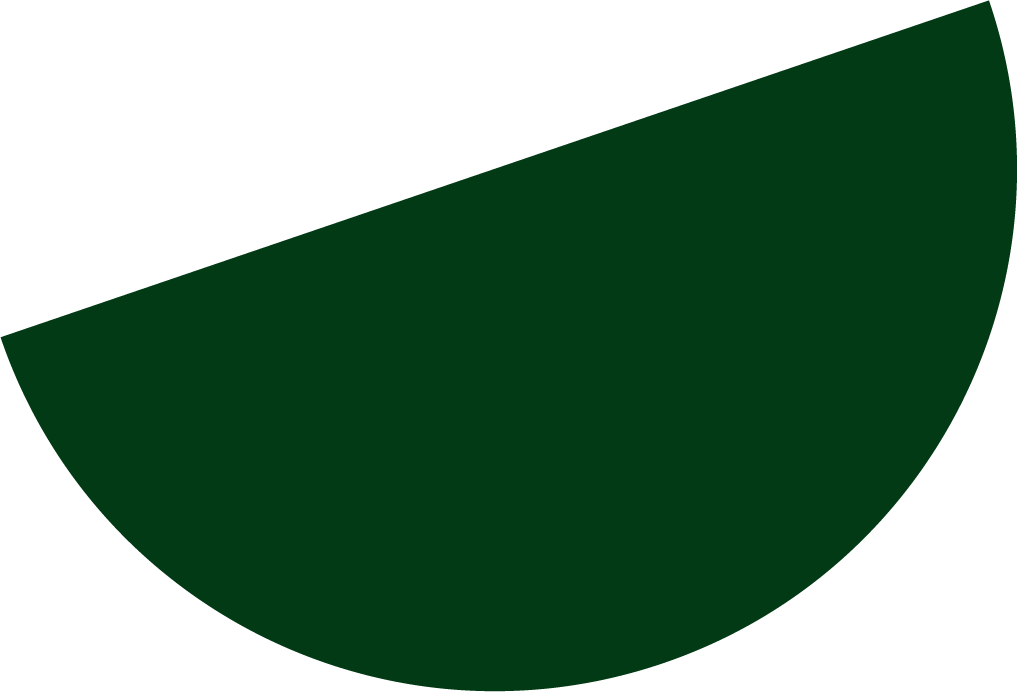

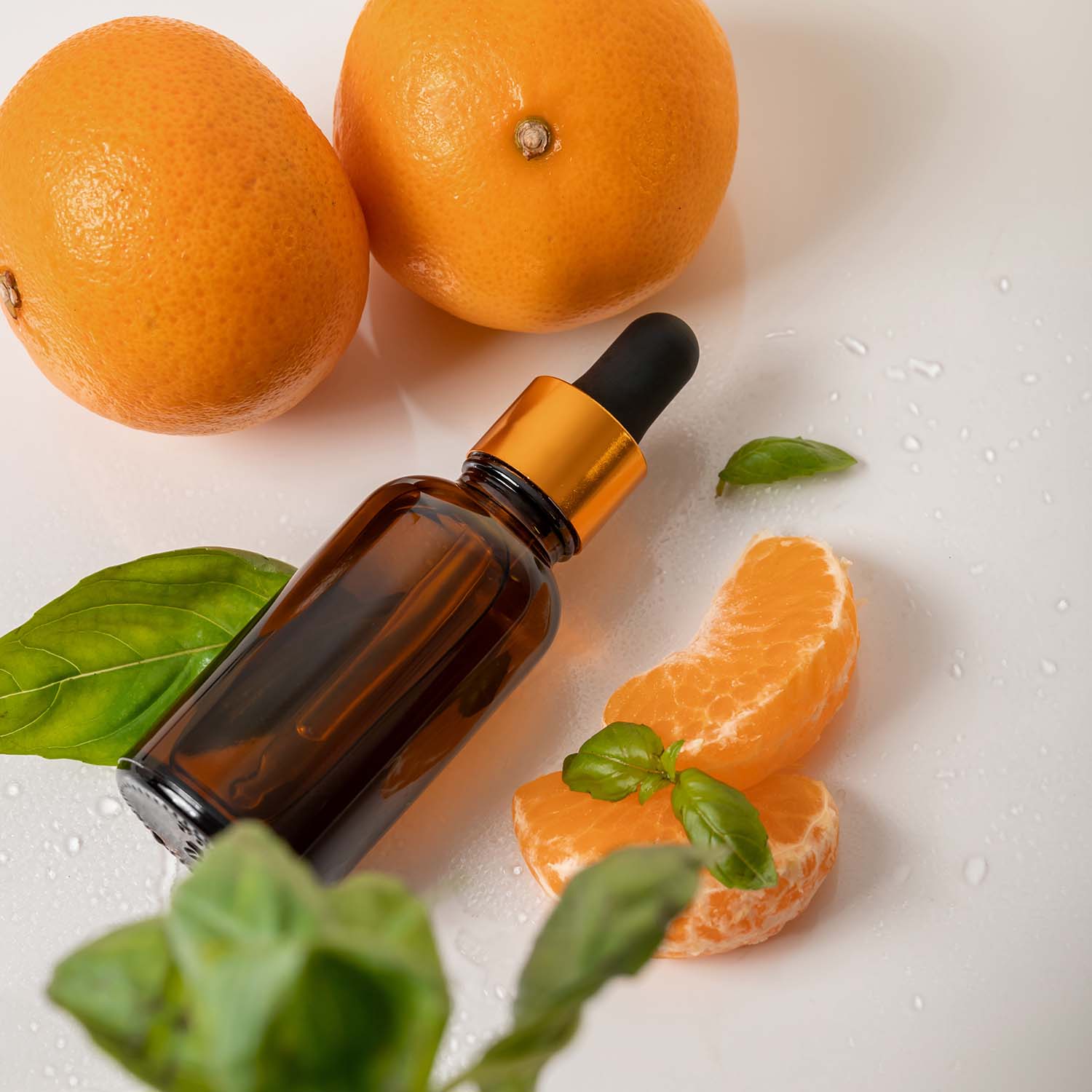
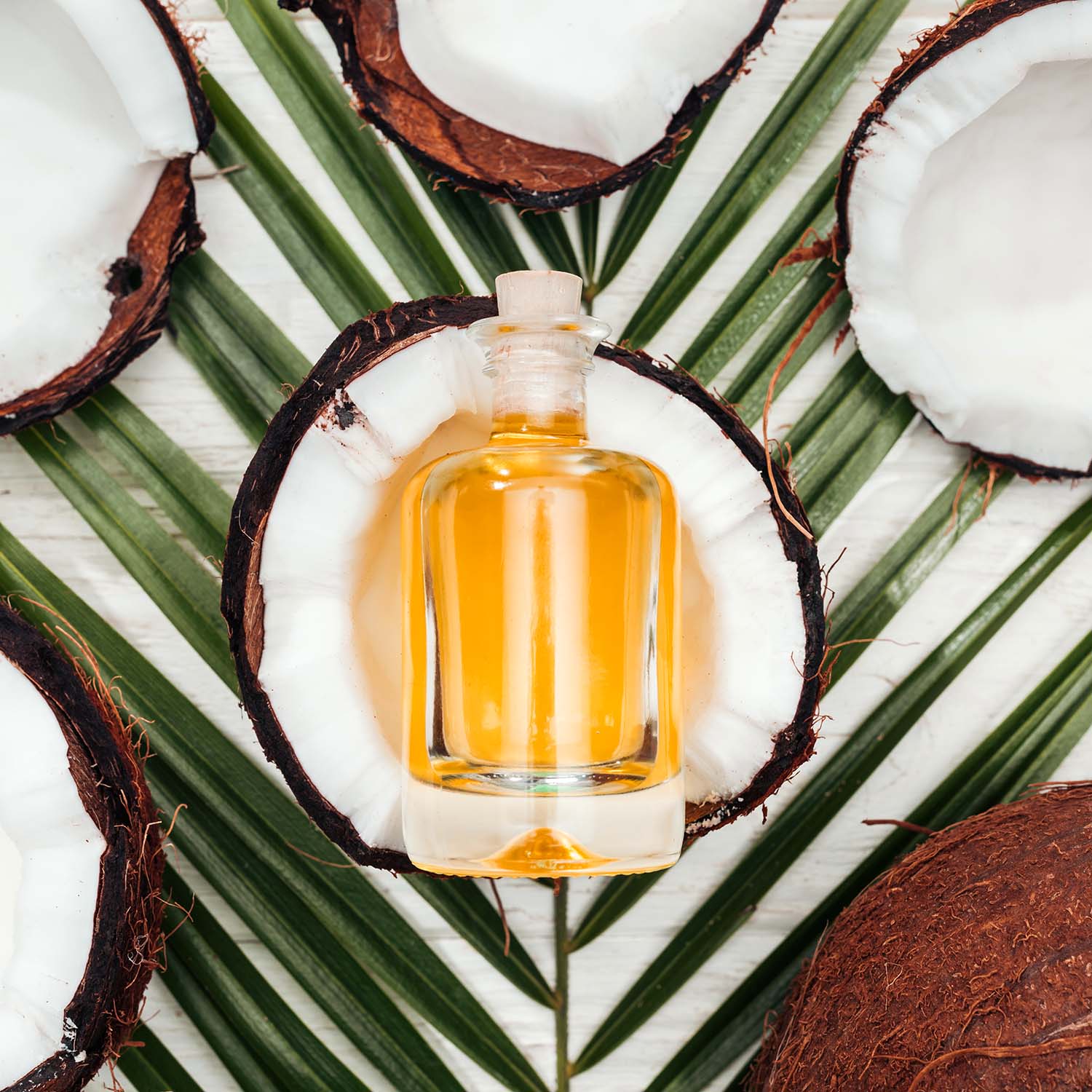
Our Service
Lorem ipsum dolor sit amet, consectetur adipiscing elit. Ut elit tellus, luctus nec ullamcorper mattis, pulvinar dapibus leo.
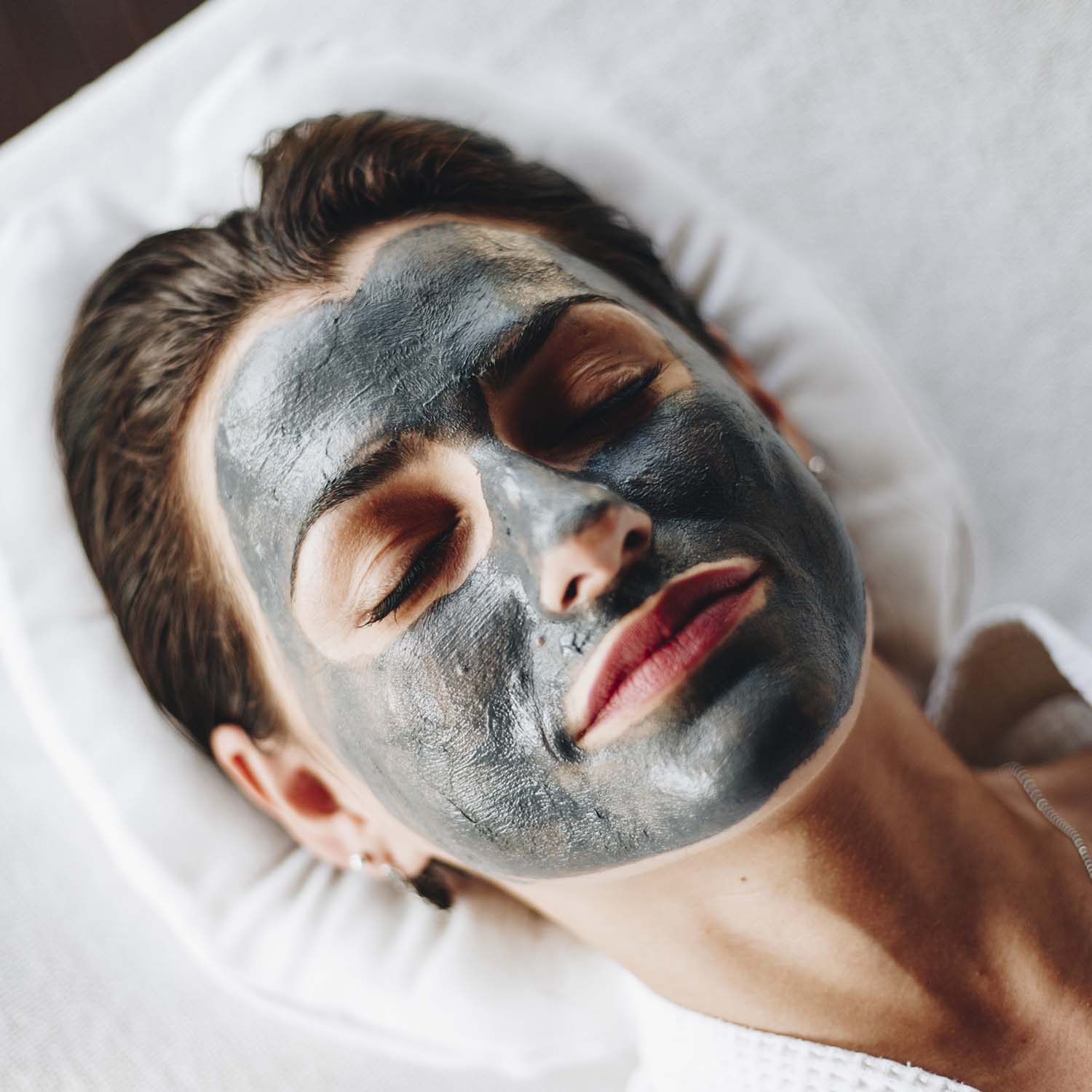
Face Scrub
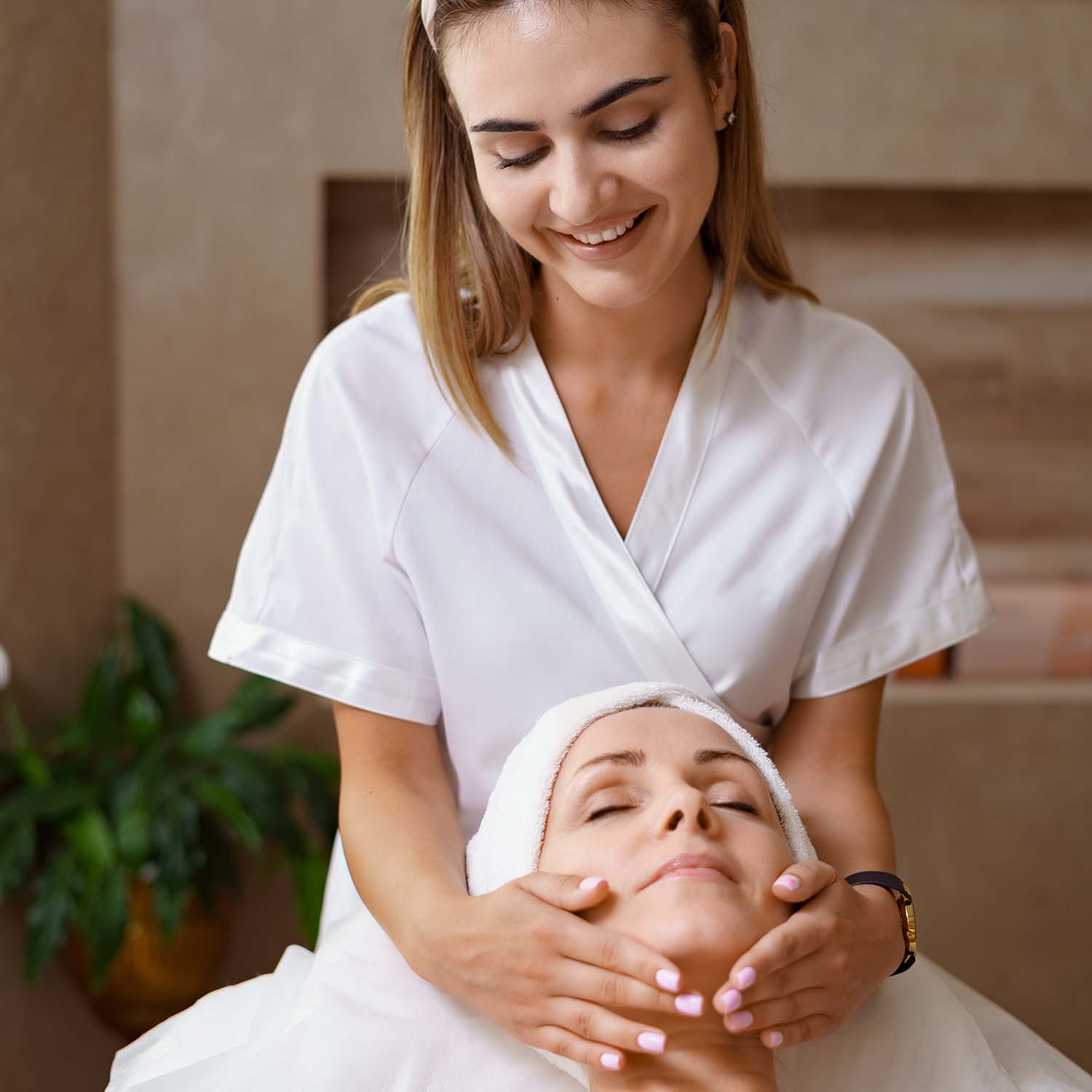
Face Massage
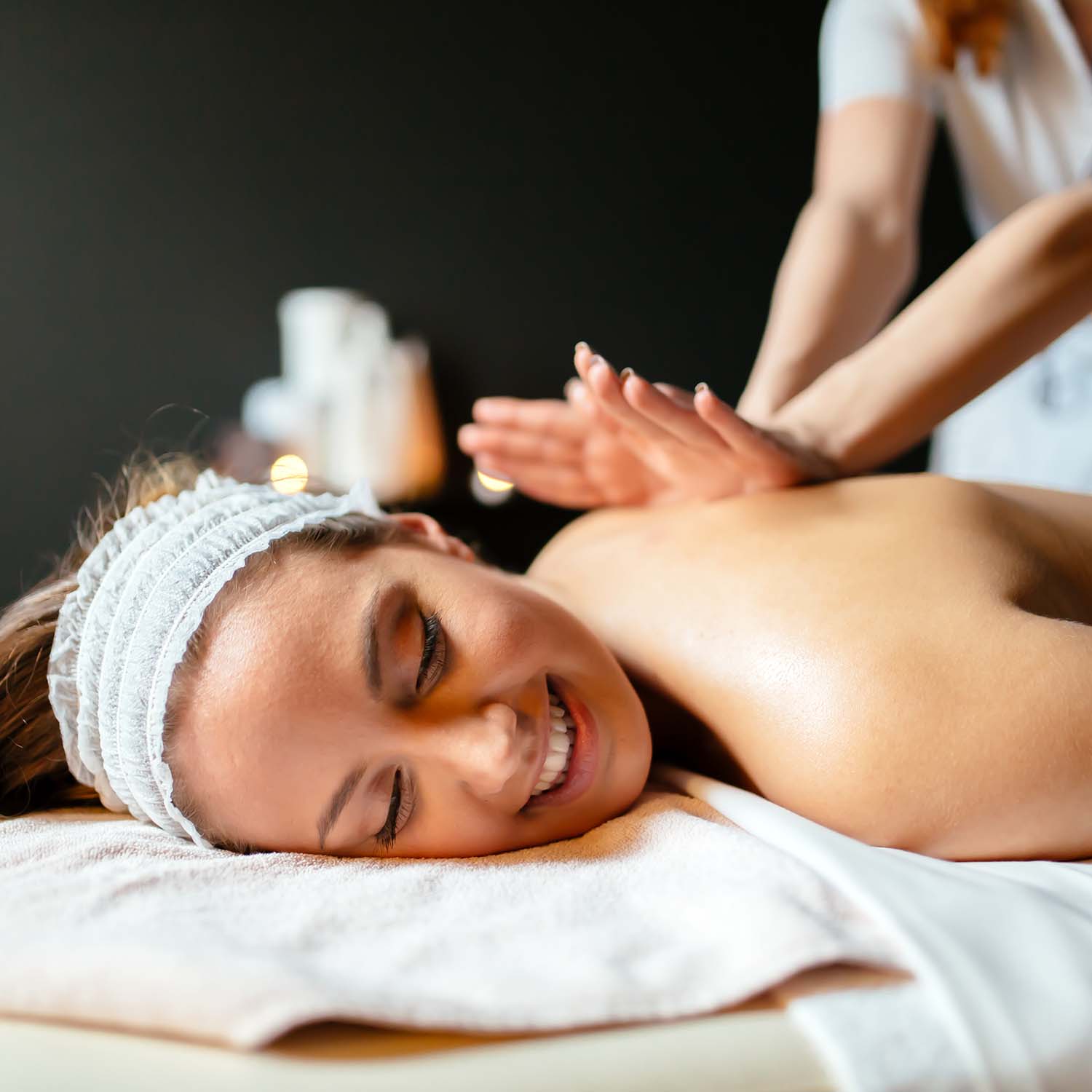
Body Massage

Botox Filler
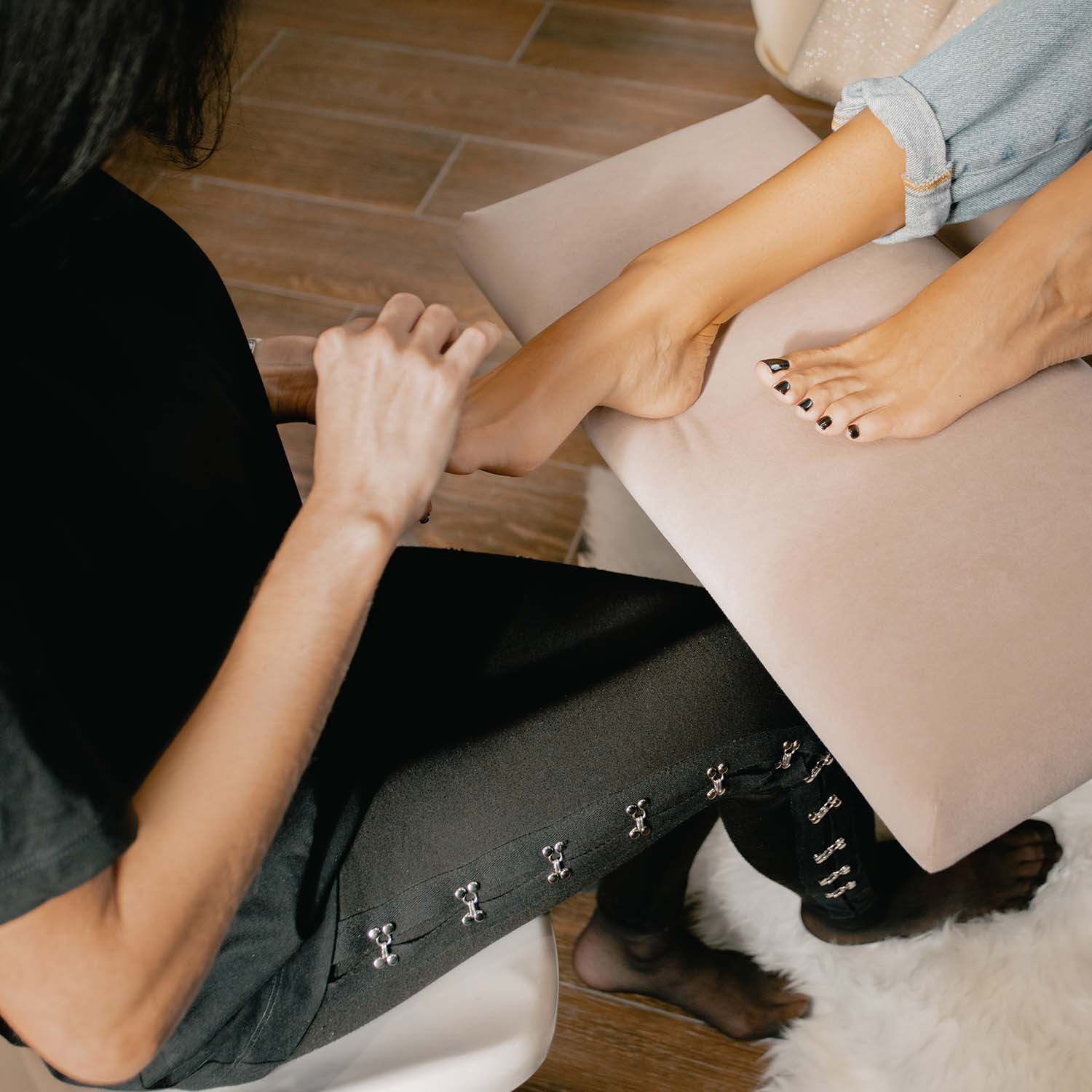
Pedicure
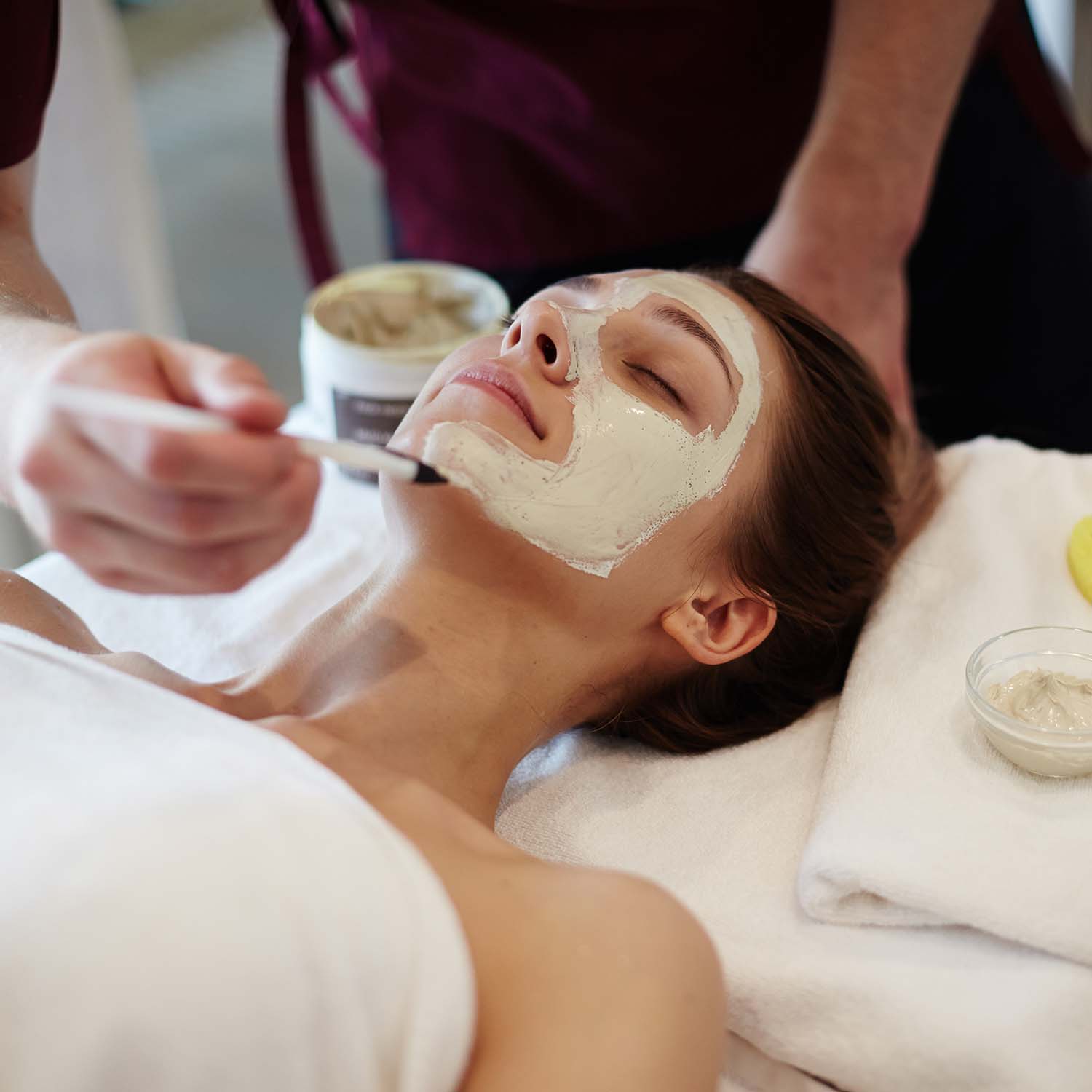
Face Cleanser

Our Story
Lorem ipsum dolor sit amet, consectetur adipiscing elit. Etiam accumsan arcu est, at lobortis nulla porta eu. Aenean vel dolor enim. Etiam aliquam mauris eros.

Good Review From Our Customer

Lorem ipsum dolor sit amet, consectetur adipiscing elit. Etiam accumsan arcu est, at lobortis nulla porta eu. Aenean vel dolor enim. Etiam aliquam mauris eros, eget ornare diam volutpat eu. Fusce auctor pretium tellus vitae bibendum.
Lorem ipsum dolor sit amet, consectetur adipiscing elit. Etiam accumsan arcu est, at lobortis nulla porta eu. Aenean vel dolor enim. Etiam aliquam mauris eros, eget ornare diam volutpat eu. Fusce auctor pretium tellus vitae bibendum.
Lorem ipsum dolor sit amet, consectetur adipiscing elit. Etiam accumsan arcu est, at lobortis nulla porta eu. Aenean vel dolor enim. Etiam aliquam mauris eros, eget ornare diam volutpat eu. Fusce auctor pretium tellus vitae bibendum.
Lorem ipsum dolor sit amet, consectetur adipiscing elit. Etiam accumsan arcu est, at lobortis nulla porta eu. Aenean vel dolor enim. Etiam aliquam mauris eros, eget ornare diam volutpat eu. Fusce auctor pretium tellus vitae bibendum.
Lorem ipsum dolor sit amet, consectetur adipiscing elit. Etiam accumsan arcu est, at lobortis nulla porta eu. Aenean vel dolor enim. Etiam aliquam mauris eros, eget ornare diam volutpat eu. Fusce auctor pretium tellus vitae bibendum.

Expert Skincare For Your Beautiful Skin

Lorem ipsum dolor sit amet, consectetur adipiscing elit. Etiam accumsan arcu est, at lobortis nulla porta eu. Aenean vel dolor enim. Etiam aliquam mauris eros, eget ornare diam volutpat eu. Fusce auctor pretium tellus vitae bibendum.
- Donec non vestibulum mauris.
- Maecenas arcu eros.
- Sed pulvinar lorem.
- Nullam ut mauris tellus.
- Nunc vitae convallis justo.
Visit Our Store to Buy Beauty Products
Lorem ipsum dolor sit amet, consectetur adipiscing elit. Etiam accumsan arcu est, at lobortis nulla porta eu. Aenean vel dolor enim. Etiam aliquam mauris eros, eget ornare diam volutpat eu. Fusce auctor pretium tellus vitae bibendum. Proin eget accumsan felis.
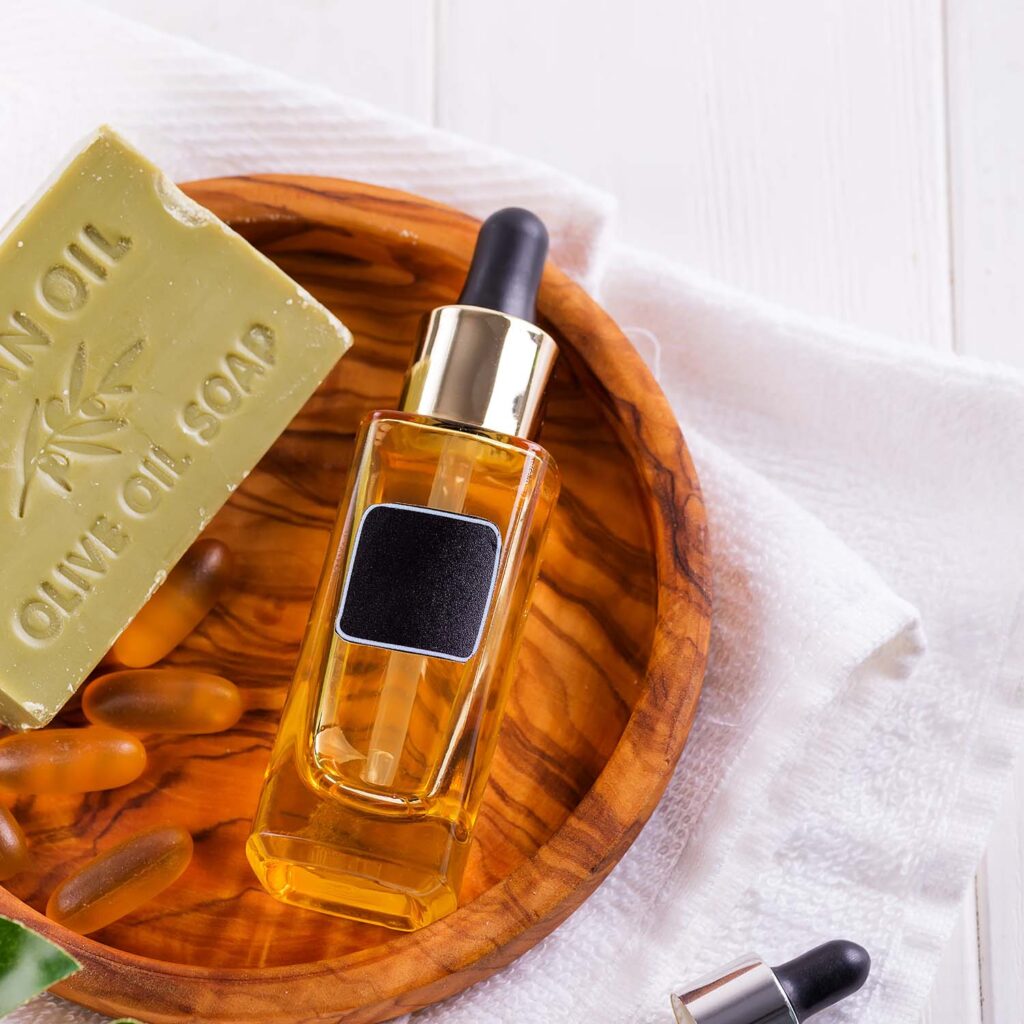
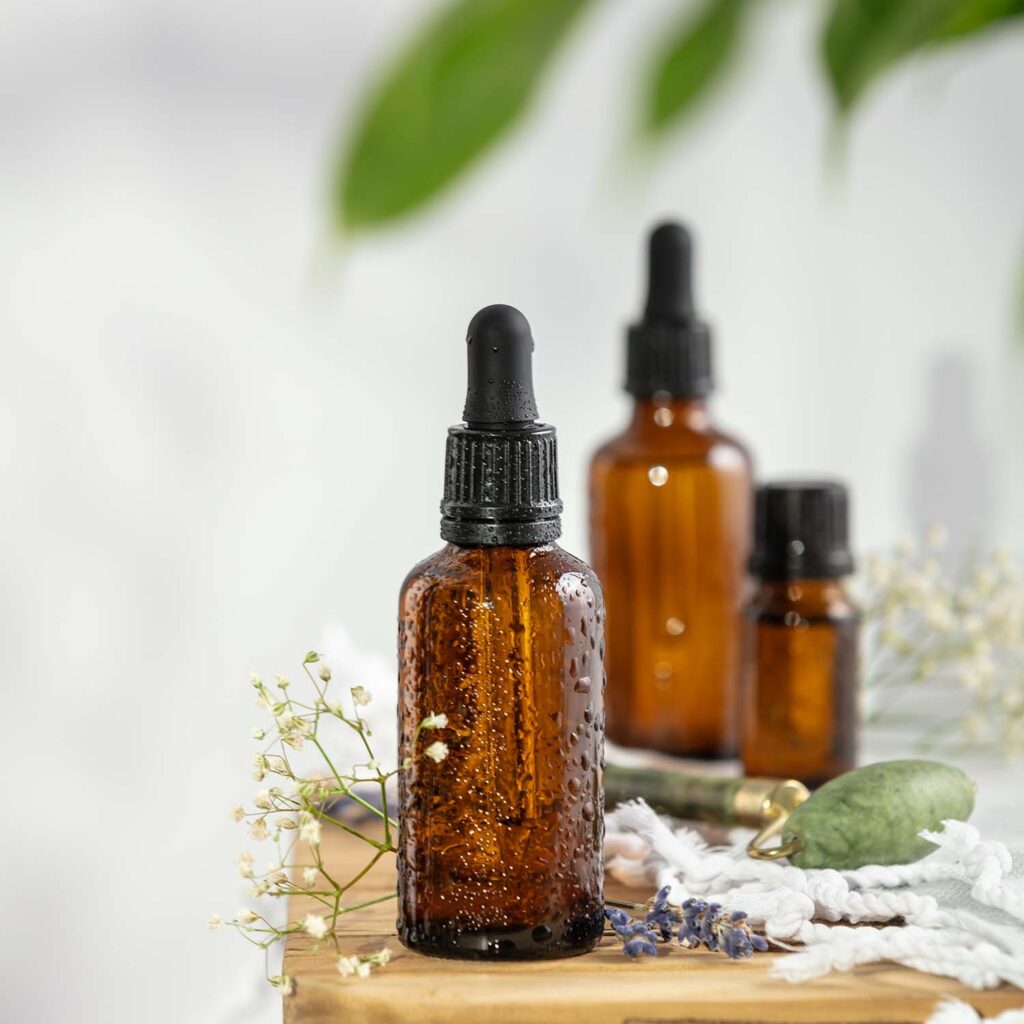
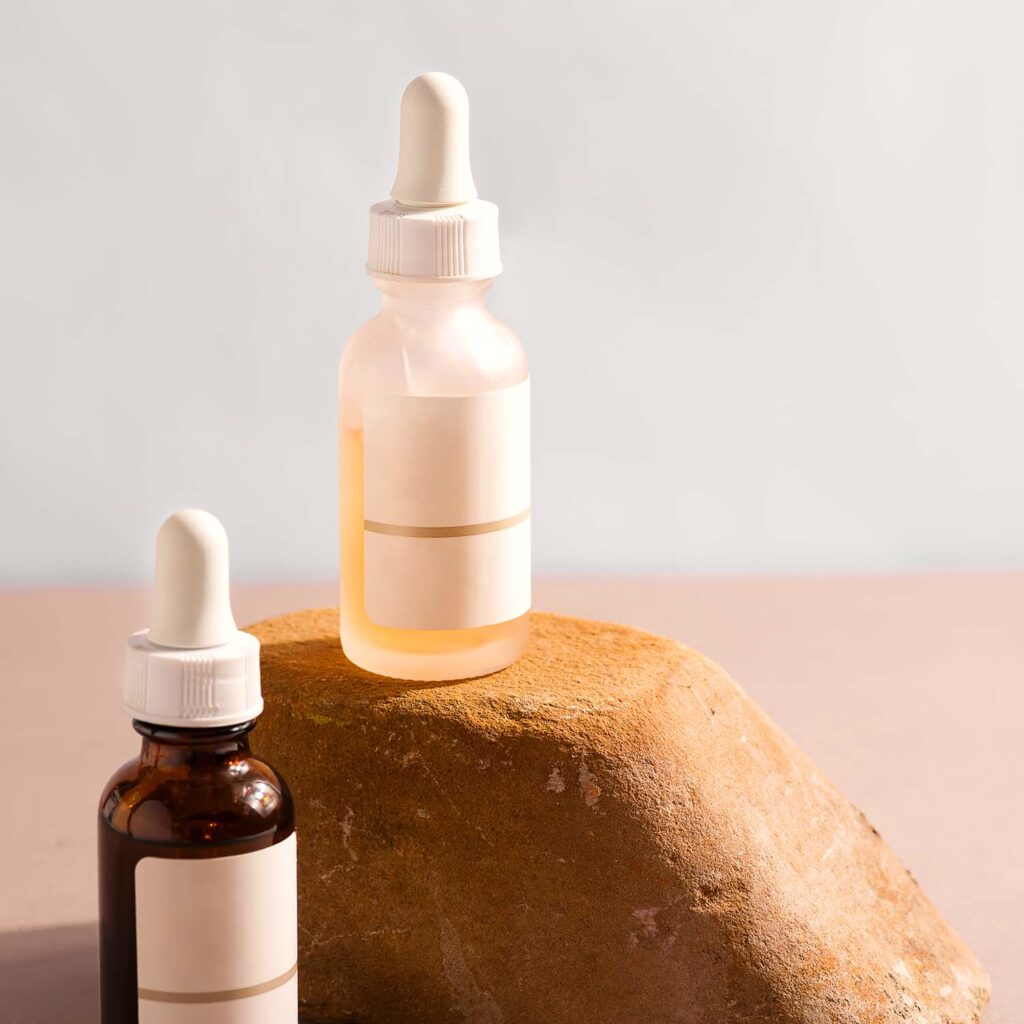
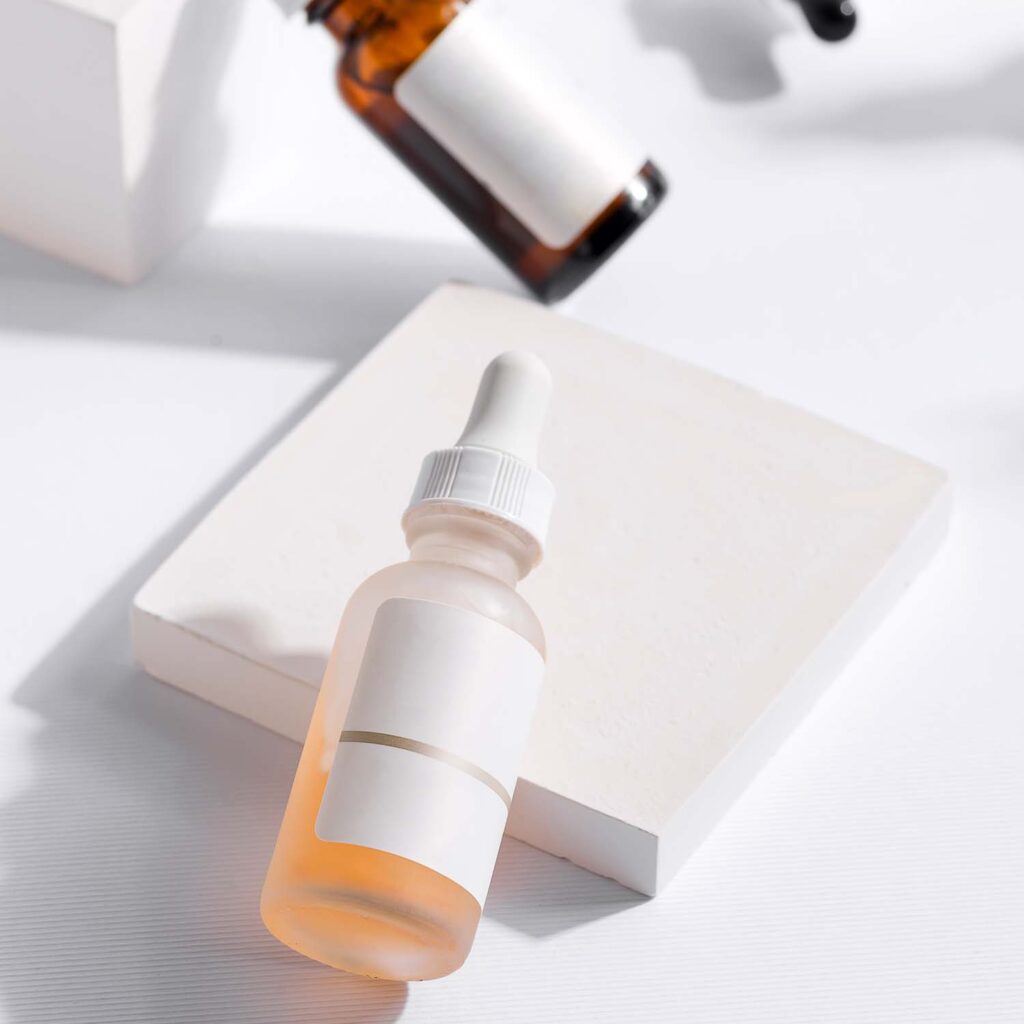
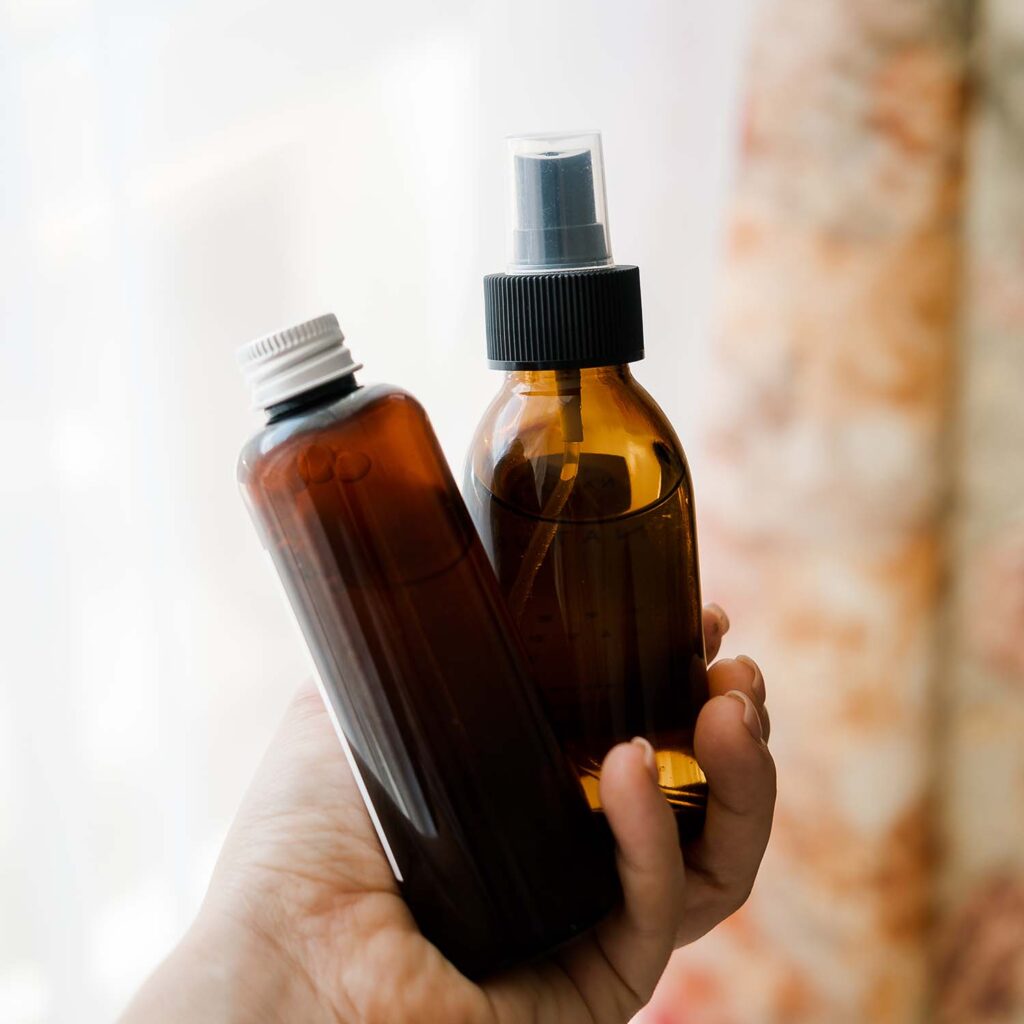
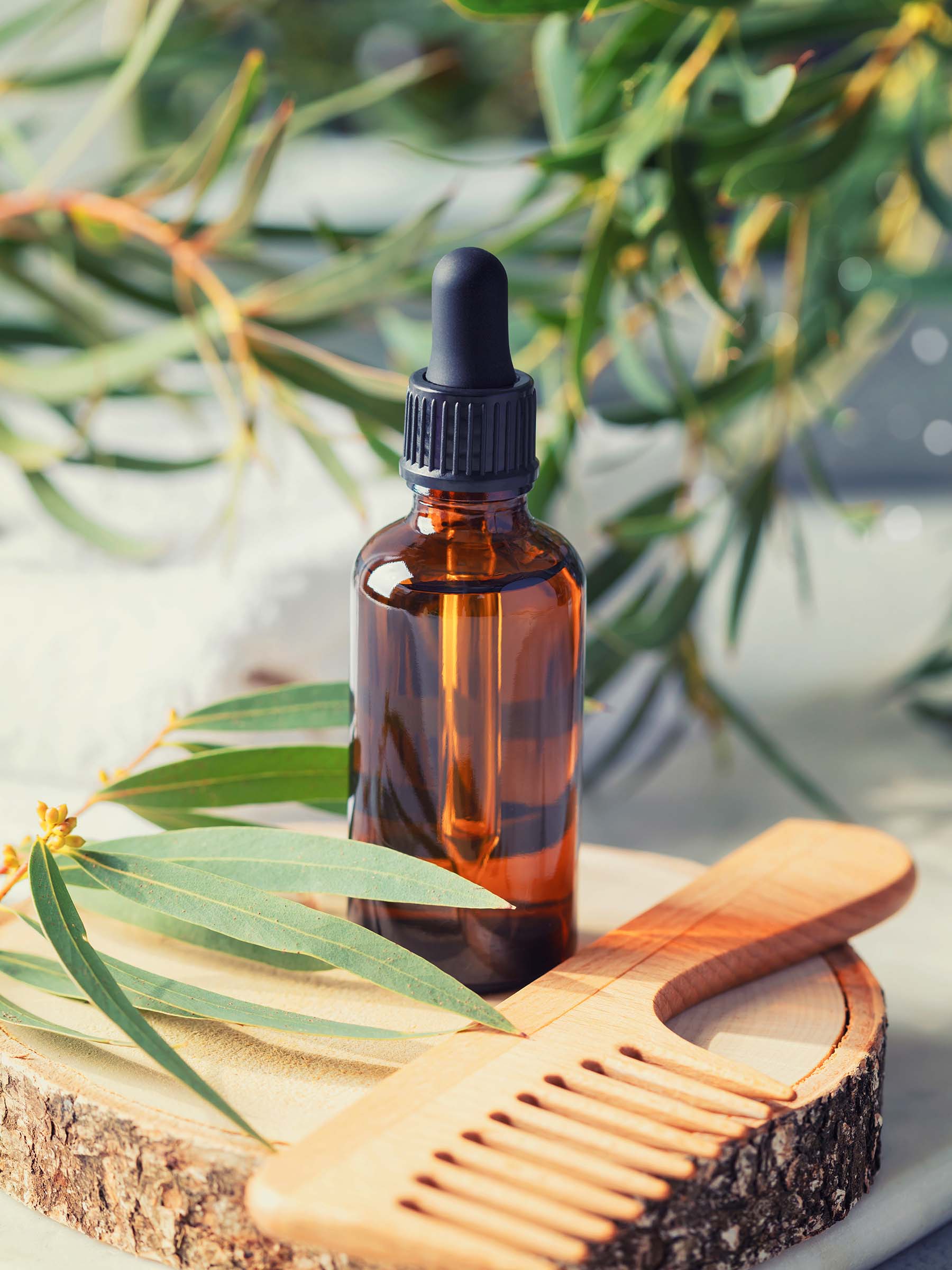
Our Products Also Available At







Blog and News
Lorem ipsum dolor sit amet, consectetur adipiscing elit. Ut elit tellus, luctus nec ullamcorper mattis, pulvinar dapibus leo.
Get the latest updates about our products and services


